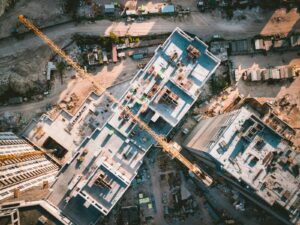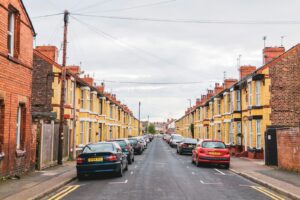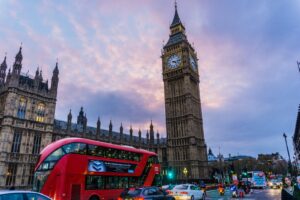Breaking down barriers in public spaces
 The recent referendum on Scottish independence has sparked debates on everything from national identity to direct democracy …and not just in Scotland. But you could argue that living in a globalised world, what difference would it have made to recreate Hadrian’s Wall?
The recent referendum on Scottish independence has sparked debates on everything from national identity to direct democracy …and not just in Scotland. But you could argue that living in a globalised world, what difference would it have made to recreate Hadrian’s Wall?
While globalisation breaks down geographic, cultural and economic borders, it impacts our everyday lives in many ways, creating new opportunities, but also new insecurities. It’s becoming more and more difficult to see, let alone adapt to the changes it is having on our local economies and our local communities.
What does local mean when the shop window of an eBay trader is closer to you on your laptop than the independent clothes store down your high street?
Who’s got more foreign workers in their town, the village with a high influx of immigrants or the suburb whose main employer has off-shored its factory to India? Who has a more multicultural experience, the kid going to school in Brick Lane or the gamer from Shropshire learning Minecraft with children from across the world?
Not knowing how to navigate a world constantly redefined, many people become tempted by physical, economic and cultural borders to protect themselves from what they can’t control nor understand – from immigration controls to gated communities.
As Karen Malone argues: ‘All boundaries, whether national, global or simply street names on a road map are socially constructed. They are as much the products of society as are other social relations that mark the landscape.’
Despite the opportunities globalisation creates, only some have the capabilities to re-shape these borders. There are corporate powers who blur the boundaries between private and common goods, asset stripping our natural, digital and economic resources. We see energy companies fracking our environment, technology agencies exploiting our data and supermarkets hoarding our land. By doing this, they prevent the rest of society from using these resources to develop new forms of common goods. As the concept of the commons has been revived, it’s timely to reflect that it was the Inclosures Act that destroyed commoning, by creating boundaries around space.
Even at a very local level, something as benign as an administrative boundary can have deadly consequences. Type ‘gang map’ into Google and see if a gang controls the area where you live. Mine is at the intersection of the ‘territories’ of three different gangs! For them, geography is both a symbol of power and threat – many young people are very scared of crossing into different postcodes.
There lies the biggest frontier, between those who reshape borders and those reshaped by them. But there are methods we can learn from that people use to cross invisible and physical boundaries within public space. Learning from these can help others reshape the borders that restrict them.
- Understand how people experience borders
Living libraries help people tell their story in public space on how borders have affected them, while participatory art helps people map their personal boundaries or represent the experiences of people affected by borders, like the Campito project.
- Map the impact of borders and intersections on people’s lives
Asset mapping walks and collaborative modelling help document the impact of the borders that people experience in their neighbourhood, whether that’s places they don’t feel safe or spaces they don’t feel included in. You can also document the intersections where these are being broken down, like the Water Playground Game in Brussels.
- Bridging borders to make public spaces more inclusive
Groups are also prototyping ways to break down physical borders to make spaces more accessible. The places in between the German/Polish borders show you can turn a ‘no man’s land’ into an experimental environment with its own currency.
- Subverting borders to show new ways of living
People have always tweaked the way things have evolved. For example ARTfarm has turned a crossing between two blocks into a transitional space to grow plants and to meet, while Bubbleware turns the linear lines that define where we walk into circular bubbles where people can interact.
However, there are people subverting the systems that define the boundaries of our public spaces, from ‘chair bombing‘ parking spaces to protest against not being able to sit on the sidewalk to turning foreclosure adverts into ways to let people know where to squat. In some cases, citizens are creating their own boundaries to show the authorities the solutions needed, like creating their own ‘guerrilla bike lanes‘.
If we can learn to see the invisible and physical borders that people experience in our neighbourhoods, we can design and open up public spaces to be more accessible and inclusive for everyone to feel the space is theirs.















